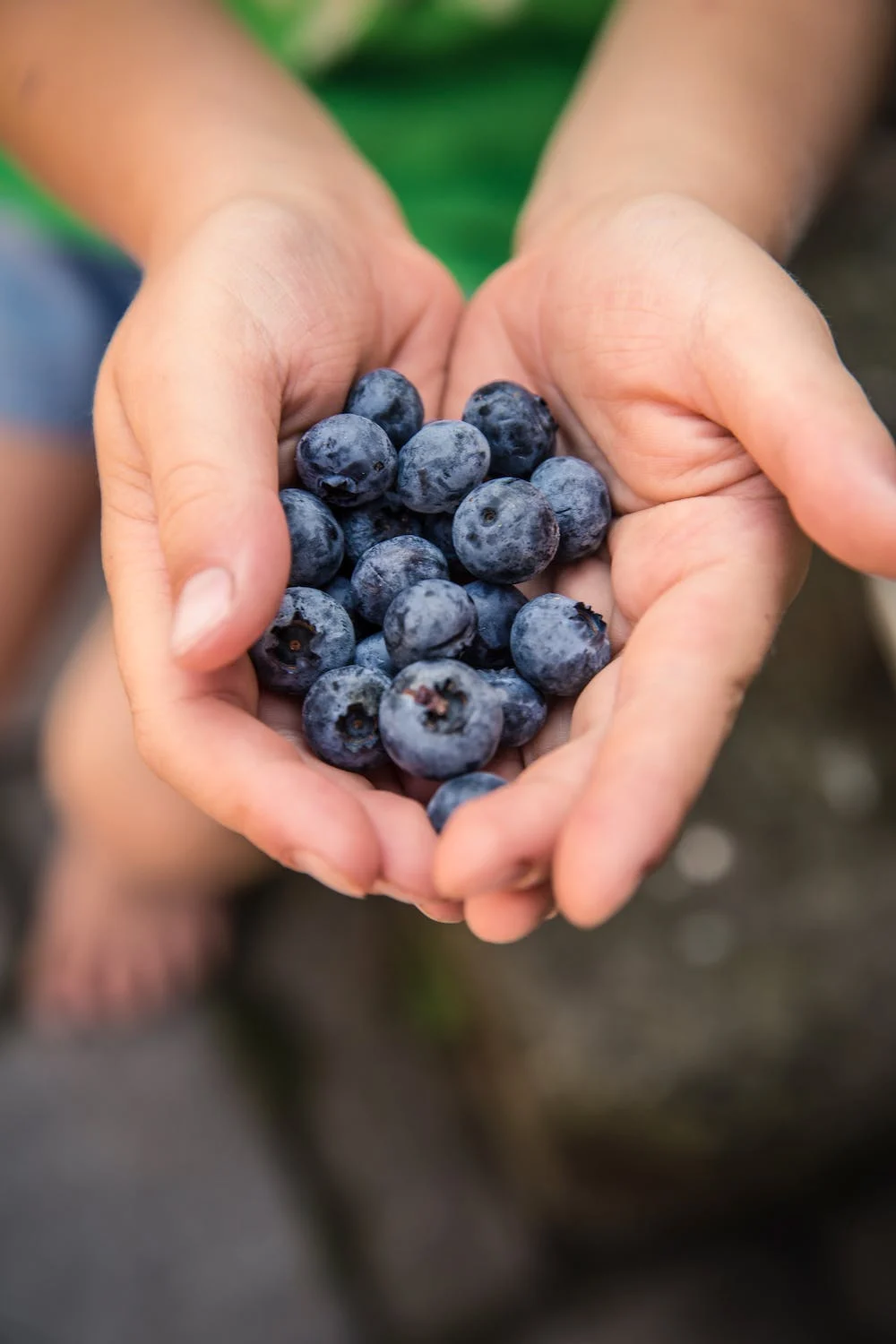Willy Green
March 13, 2023




Growing and caring for berries
Berries are some of the most delicious and nutritious fruits that you can grow in your garden or on your farm. Whether you’re looking to add some variety to your diet, or just enjoy the sweet and tangy taste of fresh berries, there is a variety of types and methods to choose from when it comes to growing and caring for these little wonders of nature.
First, let’s take a look at a few of the most common types of berries that you might be thinking about growing. There is a wide variety of berry plants to choose from, including strawberries, blueberries, raspberries, blackberries, and more. Each type of berry has its own unique flavor profile, growing requirements, and maintenance needs, so it’s important to do some research before deciding which type of berry plant is best for you. Some plants may do better than others in your particular situation, so look for plants that will have a higher success rate.
Strawberries are one of the easiest types of berries to grow, as they can be planted in just about any type of soil, and don’t require that much maintenance beyond regular watering and occasional fertilization. They prefer full sun and a well-draining soil, and can be grown in garden beds or containers. Strawberries typically produce fruit in their second year of growth, and can be harvested over several weeks in the summer.
Blueberries, on the other hand, are a bit more finicky when it comes to their preferred growing conditions. They prefer acidic soil with a pH between 4.0 and 5.5, and need a consistent supply of moisture. They also require regular pruning to remove dead or diseased wood, and to promote healthy growth and fruit production. Blueberries can be grown in containers or in the ground, and typically produce fruit in mid-summer.
Raspberries and blackberries are both members of the bramble family, and are known for their thorny canes and sprawling growth habit. They prefer well-draining soil and full sun, and should be planted in a location that allows them to spread out and develop a healthy root system. They also require regular pruning to remove old or diseased canes, and to promote new growth and fruit production. Raspberries typically produce fruit in early summer and fall, while blackberries produce fruit in mid to late summer.
Regardless of which type of berry you choose to grow, there are some general care and maintenance practices that can help ensure a healthy and productive harvest. Here are a few tips to keep in mind:
-
Water your berry plants regularly, especially during dry periods. Most berries prefer consistently moist soil, but be careful not to overwater, as this can lead to root rot.
-
Fertilize your berry plants as needed, using a balanced fertilizer that’s appropriate for the type of berry you’re growing. Be sure to follow the instructions on the label, and avoid over-fertilizing, as this can lead to excessive foliage growth and reduced fruit production.
-
Prune your berry plants regularly, removing dead or diseased wood, and thinning out any overcrowded or weak growth. This will help promote healthy growth and fruit production, and prevent the spread of disease.
-
Protect your berry plants from pests and diseases by practicing good sanitation and hygiene, and using natural or chemical controls as needed. Keep an eye out for signs of damage or infestation, and take action promptly to prevent further damage.
Another important aspect of growing and caring for berries is proper harvesting. Most berries are best picked when they are fully ripe, as this is when they are the sweetest and most flavorful. For strawberries, look for fruits that are bright red and plump, with a strong aroma. Raspberries and blackberries should be deep red or black, depending on the variety, and should come off the plant easily when gently pulled.
Once you’ve harvested your berries, it’s important to store them properly to ensure maximum freshness and flavor. Berries are delicate fruits that can spoil quickly, so it’s best to refrigerate them as soon as possible after picking. You can store them in a sealed container or plastic bag, but be sure to remove any damaged or overripe fruits, as these can cause the rest of the berries to spoil more quickly.
If you have an excess of berries, you may want to consider preserving them for later use. Berries can be frozen, canned, or turned into jams and jellies, allowing you to enjoy the taste of summer all year round. Freezing is the easiest and most convenient method, as it requires no special equipment and can be done quickly and easily at home. Simply wash and dry your berries, and then spread them out in a single layer on a baking sheet. Place the sheet in the freezer until the berries are frozen solid, and then transfer them to a freezer bag or container for long-term storage.
Overall, growing and caring for berries can be a fun and rewarding hobby, whether you’re a seasoned gardener or a novice. They will provide you with fresh, healthy, and delicious fruit that you can enjoy all summer long. By choosing the right type of berry for your growing conditions, with the right soil, water, and overall care, your berry plants can produce a bountiful harvest of delicious and nutritious fruit that you can enjoy all season long. Thank you for reading about growing and caring for berries. Here are some other articles you may enjoy reading.








